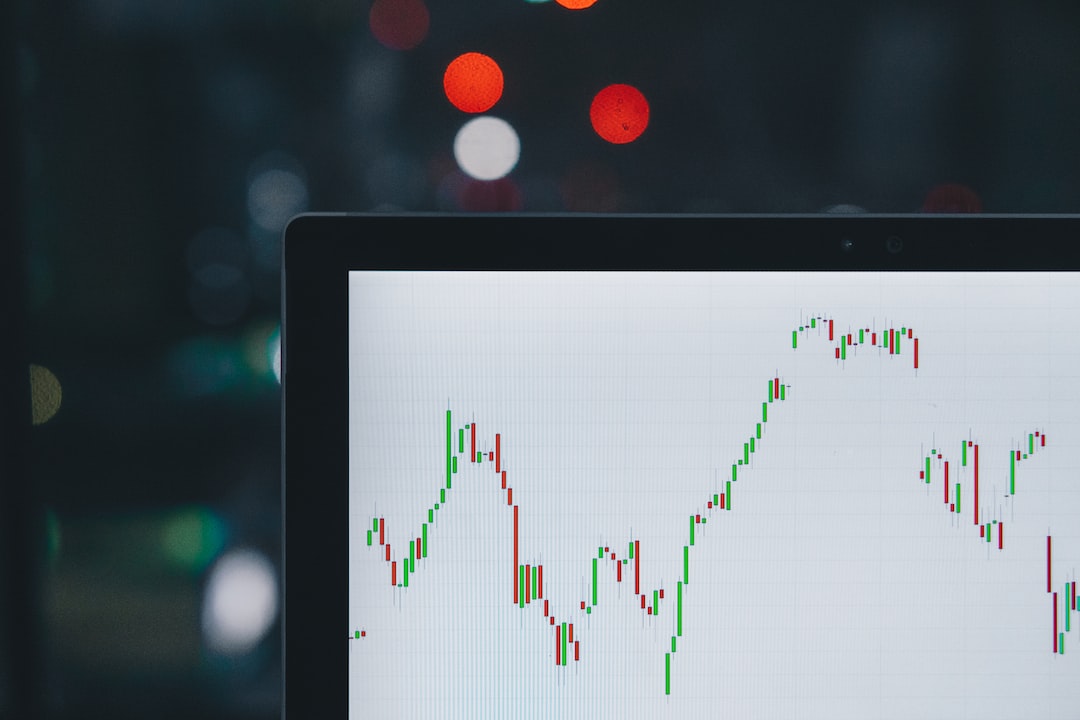
The main benefit of historic data on forex is its capacity to detect long-term trends, and patterns that may not be immediately obvious in the shorter-term frames. In analyzing the data over decades traders are able to identify cyclical behaviors and recurring market patterns that are affected by a myriad of variables, including the economic policy, geopolitical developments and changes in market attitudes. These data points are essential for designing strategies for trading which are not just efficient but also adaptable to various market environment. Knowing these trends over time allows traders to anticipate potential developments in markets and to position themselves in a favorable way.
Historical data on forex plays an important role in backtesting of trading strategies. Backtesting is the process of applying a trading strategy using historical data to determine its efficacy and credibility. This is essential to traders to evaluate their strategies and pinpoint weaknesses before they can implement them in live trading scenarios. The wide range ofyears or more of data allow for testing strategies across different circumstances, ranging from periods of high volatility to phases that are stable. This comprehensive testing ensures that strategies are finely tuned and robust, significantly improving the effectiveness of their strategies and guaranteeing their reliability.
for quantitative analysts as well as developers of trading algorithms, Fx History Data acts as the foundation for building elaborate models. The large amount of data allows professionals to create and refine predictive models that can accurately anticipate market fluctuations. The variety and depth of the information allows for the creation of algorithmic models that are flexible to market situations of all kinds. Data from the past that goes back many decades provides the necessary context to build models that are not only precise but also resilient and give traders a huge competitive edge on the forex market. To gather new information please check out Forex History Data
Historical forex data is also important in managing risk. Knowing how currencies have behaved in the past allows traders to predict risks and prepare accordingly. In particular, through analysing historical price trends, traders can identify periods where they experience extreme volatility, and modify their risk management strategy to protect their investments. This method of risk management that is proactive is crucial in the forex market, in which unexpected developments could result in significant losses in financial terms. A comprehensive historical database allows traders to create more resilient portfolios and mitigate potential risks efficiently.
Moreover, historical forex data helps in the research and educational efforts within the trading community. It provides a rich source for research studies in academics and market research, helping to increase understanding of the forex markets. Researchers can use long-term information to uncover insights into the dynamics of markets, the impact of macroeconomic factors, and the efficacy of various strategies for trading. This knowledge contributes to the creation of knowledgeable and advanced trading strategies, benefiting both individual traders and the financial industry as a whole.

For educational institutions and trading academies, historic forex data play a pivotal role in teaching students who are interested in trading. Through providing students access to years of data and information, teachers are able to provide concrete knowledge of the market's mechanics as well as the development of trading strategies. Students can learn to recognize historical patterns, understand the importance of important economic events, as well as appreciate the complexity of forex trading. The hands-on training is essential in preparing the future generation of traders to navigate the forex market efficiently.